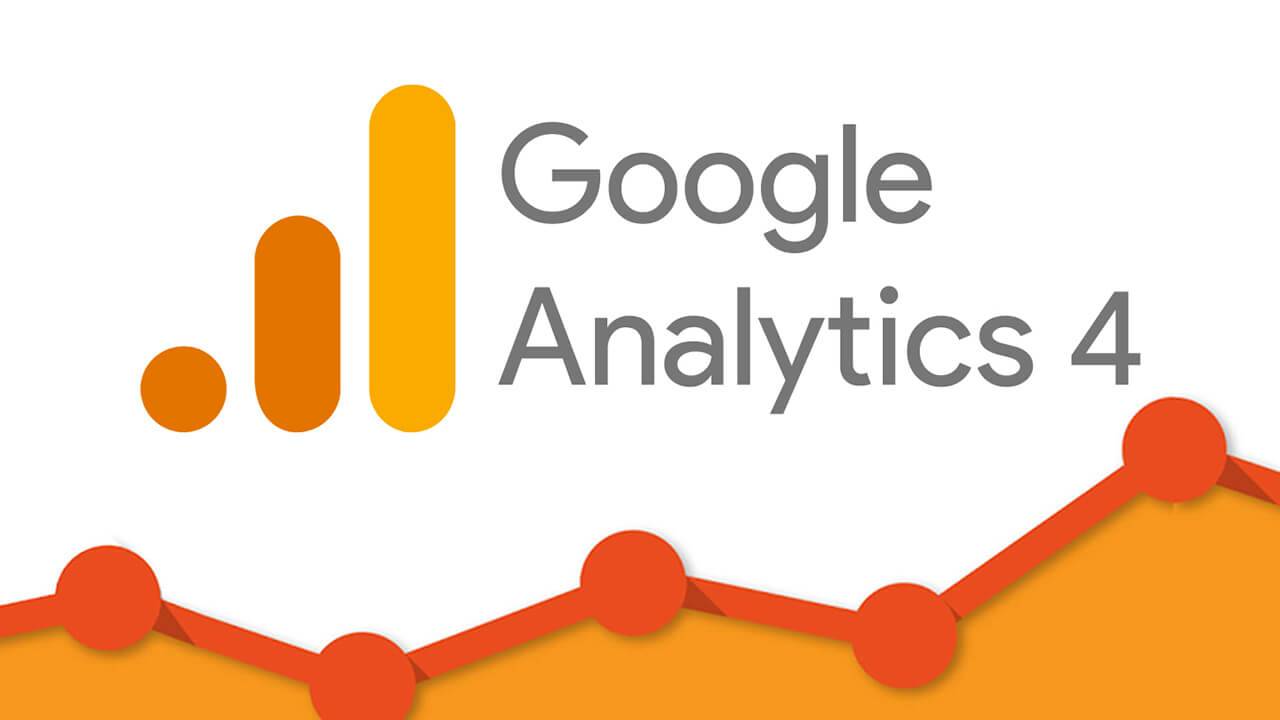What Is Google Analytics 4? An Introduction to the Next Generation of Analytics

Google Analytics is the most popular traffic-analysis solution on the internet. According to W3Techs, over half of all websites use it. You can install Google Analytics on your website to measure traffic metrics like bounce rate, average pages per session, average session duration, total users, total sessions, conversion rate and more. Rather than using Universal Analytics, though, you may want to use Google Analytics 4.
What Is Google Analytics 4?
Previously known as App + Web during beta testing, Google Analytics 4 is an alternative type of property supported by Google Analytics. It was released in 2020 and has since become the default property type. If you added your website to your Google Analytics account after October 2020, it will likely feature the Google Analytics 4 property type.
Among other things, Google Analytics 4 leverages a new event-based tracking model to collect data on website visitors. When you add your website as a Google Analytics 4 property, it will use this event-based tracking model.
Properties are websites, blogs, apps and other digital properties that you want to analyze. You can use a single Google Analytics account for multiple properties. Google Analytics 4 is simply a type of property that tracks metrics based on events.
Google Analytics 4 vs Universal Analytics

There’s also Universal Analytics. Universal Analytics is Google Analytics 3, the predecessor to Google Analytics 4.
Universal Analytics and Google Analytics 4 are both property types. The main difference between them is that Universal Analytics uses a session-based tracking model, whereas Google Analytics uses an event-based tracking model. What does this mean exactly?
Universal Analytics tracks metrics based on sessions. A session is a period during which a visitor remains active on your website. Sessions begin when visitors land on your website, and sessions end when visitors stay idle for at least a half-hour or leave and not return within a half-hour. Universal Analytics tracks metrics based on sessions.
Google Analytics 4 takes a different approach to tracking metrics. Rather than sessions, it tracks metrics based on events. Any action performed by a visitor is an event. Events can include pageviews, session starts, video plays, link clicks, scrolls and more.
There are four event categories in Google Analytics 4: automatically collected, enhancement measurement, recommended and custom. Automatically collected events are the default events that Google Analytics 4 will automatically track. Enhancement measurement events are automatically tracked as well, but you can toggle them on and off. Recommended events are optional, industry-specific events recommended by Google. Custom events, as the name suggests, are events that you create and define.
Benefits of Google Analytics 4
You don’t have to worry about reaching a hit limit with Google Analytics 4. While Universal Analytics had a monthly hit limit of 10 million, Google Analytics 4 has removed this limit.
Google Analytics 4 only has an event limit. You can track metrics based on up to 500 events in the new version of Analytics. Of course, 500 events is far more than you’ll probably need. Google Analytics 4 only has an event limit and not a monthly hit limit.
You may notice that Google Analytics 4 has a new interface. It has a sidebar menu just like Universal Analytics, but many of the links in this sidebar menu have been changed. There are no longer links for reports. Instead, Google Analytics 4 has lifecycle links in its sidebar menu. Lifecycle links categorize metrics by acquisition, engagement, monetization and retention. Below the lifecycle links are user links, which reveals user-specific metrics like demographics and device type.

With its event-based tracking model, Google Analytics 4 allows you to track metrics across different devices. A visitor, for instance, may leave your website while using a desktop computer and return to it on a smartphone. In Universal Analytics, this sequence would count as two separate sessions. Google Analytics 4, however, tracks metrics based on events, thus improving its cross-device tracking capabilities.
Google Analytics 4 supports predictive metrics that aren’t available with Universal Analytics. Powered by Google’s machine-learning system, they include purchase probability, churn probability and predicted revenue. Google Analytics 4 will analyze visitor data to calculate these predictive metrics.
Purchase probability is the chance that a user who has recently visited your website will return within seven days to complete a conversion action. Churn probability is the chance that a user who recently visited your website will not return within seven days. Predicted revenue is the expected revenue attributed to all conversions associated with a user within the next 28 days. You can track these predictive metrics with Google Analytics 4.
Another benefit of Google Analytics 4 is support for parameters. Parameters are extra pieces of information that clarify an event. Each event can have a maximum of 25 parameters. Rather than only tracking online sales as an event, for example, you can set up parameters for the price, traffic source and device.
How to Switch From Universal Analytics to Google Analytics 4
Even if your website currently uses Universal Analytics, you can switch it to Google Analytics 4 in just a few steps. On the home screen for your Google Analytics account, select the Universal Analytics property for your website. Clicking the “Admin” link near the bottom of the sidebar menu will take you to a settings page.
On the settings page, look for the “GA4 Setup Assistant” option. It should be located at the top of the property column. Selecting this option will load the Google Analytics 4 setup wizard. The setup wizard will create a new property for your website using Google Analytics 4. You’ll still be able to access the old Universal Analytics property, but your account will feature a Google Analytics 4 property as well.
Google Analytics 4 is the next generation of Google’s popular traffic-analysis solution. Originally released in 2020, it uses an event-based tracking model. Google Analytics 4 works by tracking metrics based on user actions or events. Benefits of Google Analytics 4 include no hit limit, a revamped interface, improved cross-device tracking, predictive metrics and support for parameters.










